For more than a year, millions of American children were forced to pivot to online learning as schools across the nation shuttered during the coronavirus pandemic.
Remote classes brought a multitude of challenges, ranging from computer and broadband internet access to dramatic declines in test scores to tremendous tolls on students' mental health and well-being.
So when the Centers for Disease Control and Prevention urged schools to fully reopen for the fall, the recommendation was widely hailed by students, teachers and parents alike.
But the return to in-person learning has renewed another conversation: going back to school comes with the threat of potential school shootings.
"Over the past year, as we were sent home, one of the things that everybody thought was, 'Oh this is so nice, I don't have to think about where I would run in my bedroom.' But now that we're coming back into school, back in person, those conversations are happening again," Peren Tiemann. a high school junior from Oregon, told Newsweek.
And the anxiety surrounding increased school gun violence can be backed up by data as schools reopen. Data collected by Everytown For Gun Safety has found that the 2021 back-to-school period has seen the highest number of gunfire incidents on school grounds—a figure that has nearly doubled from the previous high.
The non-profit has analyzed the number of gun incidents on campuses between August 1 and September 15 of every school year since 2013.
In that time frame this year, there were 30 instances of gunfire on school grounds, killing five and wounding 23. The 2019 back-to-school period previously held the highest number of occurrences with 16 incidents taking place in those first six weeks of fall.
August 2021 also saw the highest number of monthly gun incidents ever recorded in Everytown's database.
For some educators, the figures are no surprise.
"If you and I had this conversation six months ago, I would be pretty confident saying to you that the return to school this upcoming school year was going to be the most violent return that America has ever seen," Dr. Joe Erardi, the former superintendent of schools for Newtown, Connecticut in the years following the Sandy Hook shooting, told Newsweek.
When asked why he had expected an increase in gunfire on campuses, Erardi replied, "My question would be why wouldn't you expect that? There's evidence that in nearly every school shooting, it's calculated. It's not random. It's not somebody jumping off a highway, stopping at a local school and for no apparent reason, causing harm and injury."
"If you put this into a setting where you've given some of our country's most troubled minds over a year to contemplate how they're going to what they're going to do, I just couldn't imagine any other outcome than what's happening right now," he added.
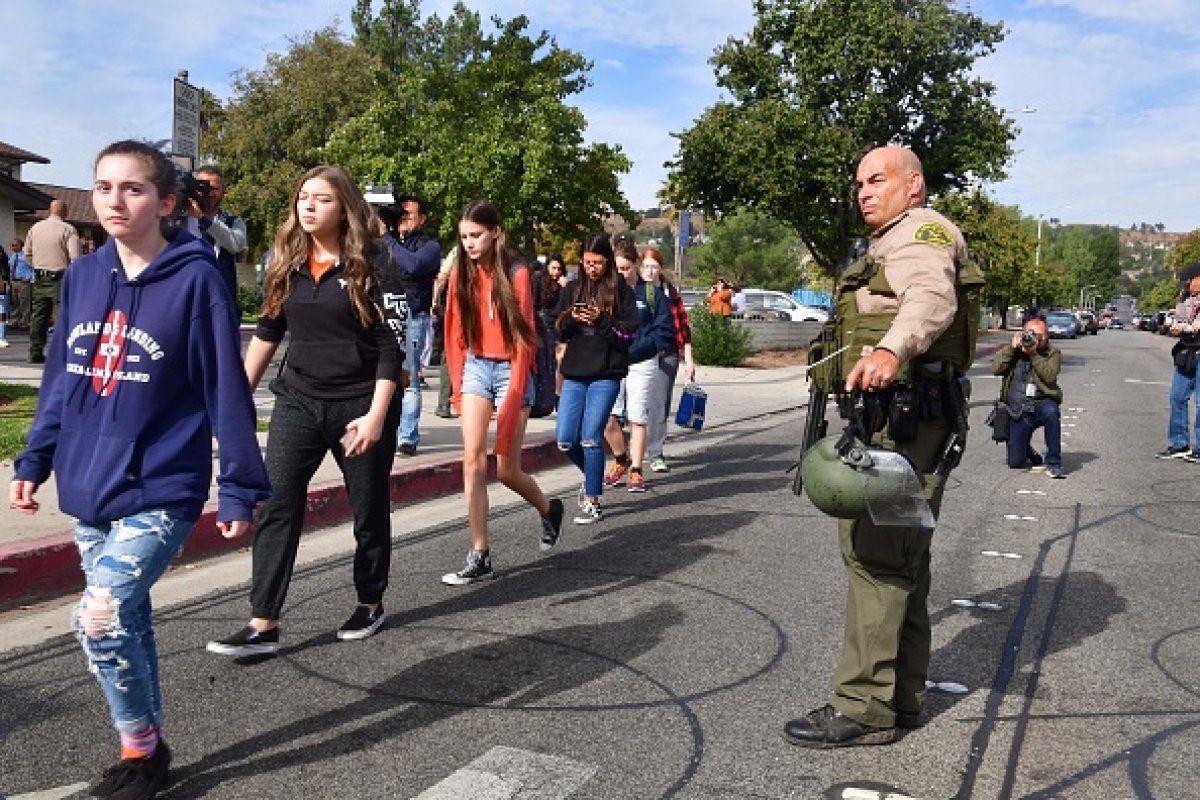
Maddie Ahmadi, a high school junior from Vermont, points out that the surge in gun violence could also be linked to the increase in gun sales during the pandemic.
"The anxiety that was already there, [now] because of COVID-19, its just that much greater with the amount of guns in the hands of the wrong people right now," Ahmadi told Newsweek.
Ahmadi is a member of Students Demand Action, a student-led initiative that was launched nationally in the weeks following the 2018 shooting at Marjory Stoneman Douglas High School in Parkland, Florida. There are currently more than 400 groups across the country and active volunteers in every state and D.C.
In March 2020, when the pandemic began, federal background checks, which are typically used to track gun purchases, topped one million in a single week for the first time since the government began tracking background checks in 1998.
Those figures continued to climb over the last year until another record was broken during the spring with 1.2 million background checks.
It was the surge in gun sales that prompted Ahmadi and her fellow peers at Students Demand Action to draft letters to send home with students to inform parents of how to safely store firearms—locked, unloaded and away separate from ammunition.
To Ahmadi, secure gun storage was a particularly important component of the issue because 86 percent of firearm deaths in her state are suicides by firearms.
"In Vermont, we know that gun violence looks like gun suicide," she said. "One of the most effective ways of preventing suicide by firearm is to keep your firearms securely stored away from children in the home and to make sure that parents are being held responsible to keep their firearms stored securely."
"One of the most important ways of preventing gun violence is to really know the story of your state, to know the history of gun violence in your state, to know how you can prevent it in your state and then implement solutions that directly address the type of gun violence that impacts your community," Ahmadi added.
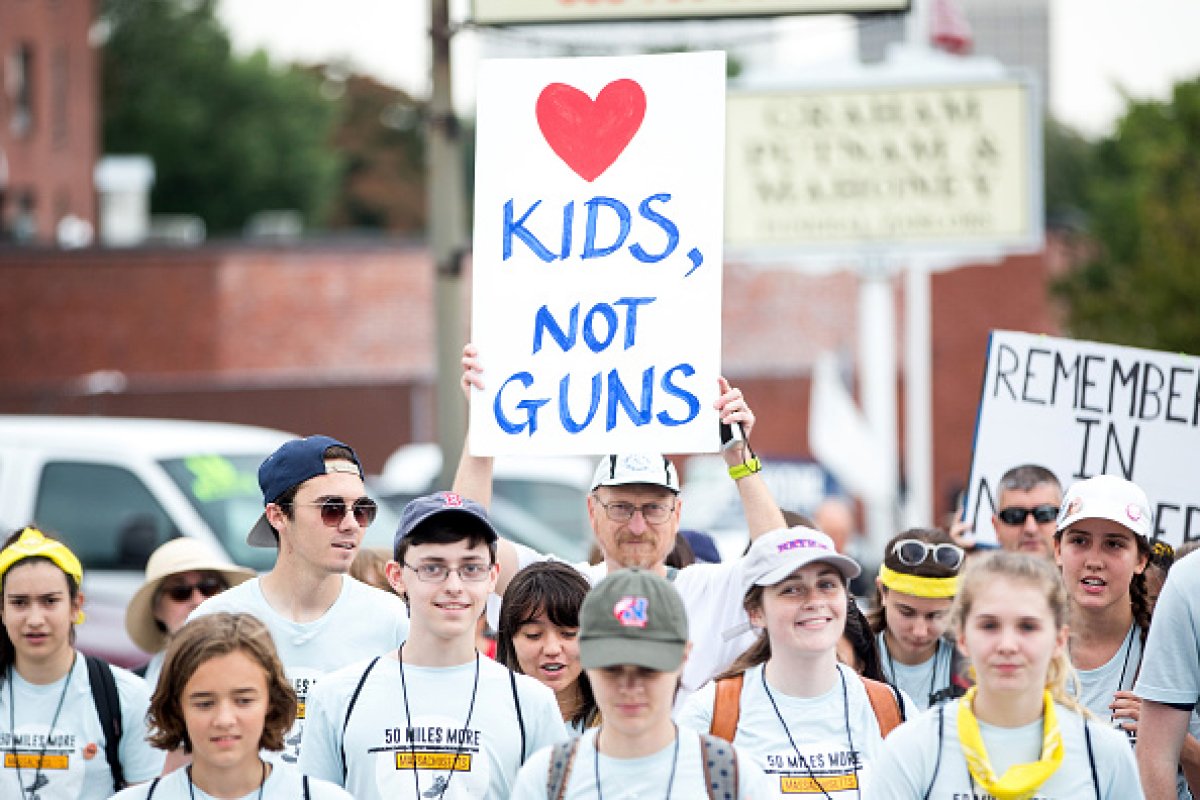
The 2012 Sandy Hook Elementary School shooting, in which 26 people died, including 20 children between six and seven years old, was a pivotal moment for states to take gun control into their own hands.
While little changed on the federal level, Allison Anderman, the senior counsel and director of local policy at the gun control advocacy group Giffords noted that, "There was tremendous progress made after Sandy Hook. State laws passed, sweeping gun reform packages, gun safety packages and there has been tremendous momentum in the states on this issue."
Erardi said the Department of Education was enormously supportive in the recovery from Sandy Hook, but he worried that there were too many resources devoted to measures that were based on the assumption school shootings would continue to increase.
"There was a real concerted effort to secure your building, video cameras and then we learned over time that nearly everything we were spending money on is post-mortem—the bad thing has already happened," Erardi said. "It was shatterproof glass, wands, metal detectors and the elephant in the room, that still exists today, is around mental health."
For many students, one of the key anxieties around the issue of gun safety in schools is the preparation for such an event, which can be traumatizing not only for younger children but even older children who sometimes are unaware that what's taking place is a drill and not a real occurrence of gunfire.
Erardi said he is opposed to active shooter drills that create simulations of a real event, arguing that they can create more anxiety and emotional disturbance in schools than actual tragedies do.
Tiemann, who is a Students Demand Action volunteer in Oregon, has been organizing against active shooter drills at her school. Working with school administrators, Tiemann has helped update drills in a way that she hopes will "cause the least amount of pain as possible."
For Tiemann, this includes advanced notice for students, parents, teachers and all school staff, student input and guidance from mental health professionals, a rest period between completion of the drill and the return to class and a survey system for students to provide feedback.
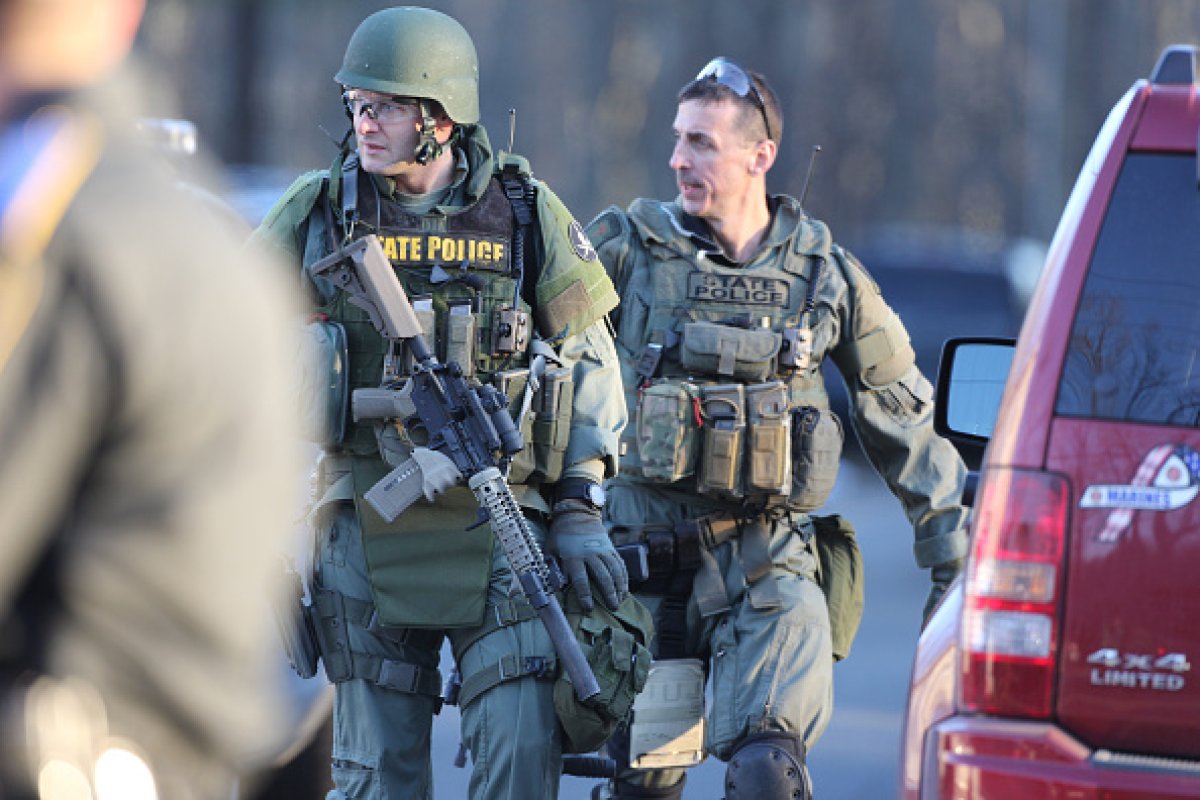
"Not only are we trying to study for tests that are back in person—for the first time in a year—we're also trying to make sure that if anything should happen, we can escape our school, which should be a safe place," Tiemann said.
"So many of us are stuck with this anxiety that we have to protect ourselves and we have to stay safe," Daud Maumin, who co-chairs the board of directors at the student-led organization March For Our Lives, also told Newsweek. "Coming to school isn't something you have to defend yourself against."
"It's really important that we highlight this anxiety that's become normalized, that's become unspoken and question it's normality in our school community," he continued.
Tiemann wishes that rather than focusing on preparing students for a shooting, there were more efforts towards proactively preventing tragedies from occurring.
"We don't have any evidence that [active shooter drills] are particularly helpful compared to the trauma that they're causing, so if we can mitigate the need for them before they happen that would be the best place to start," she said.
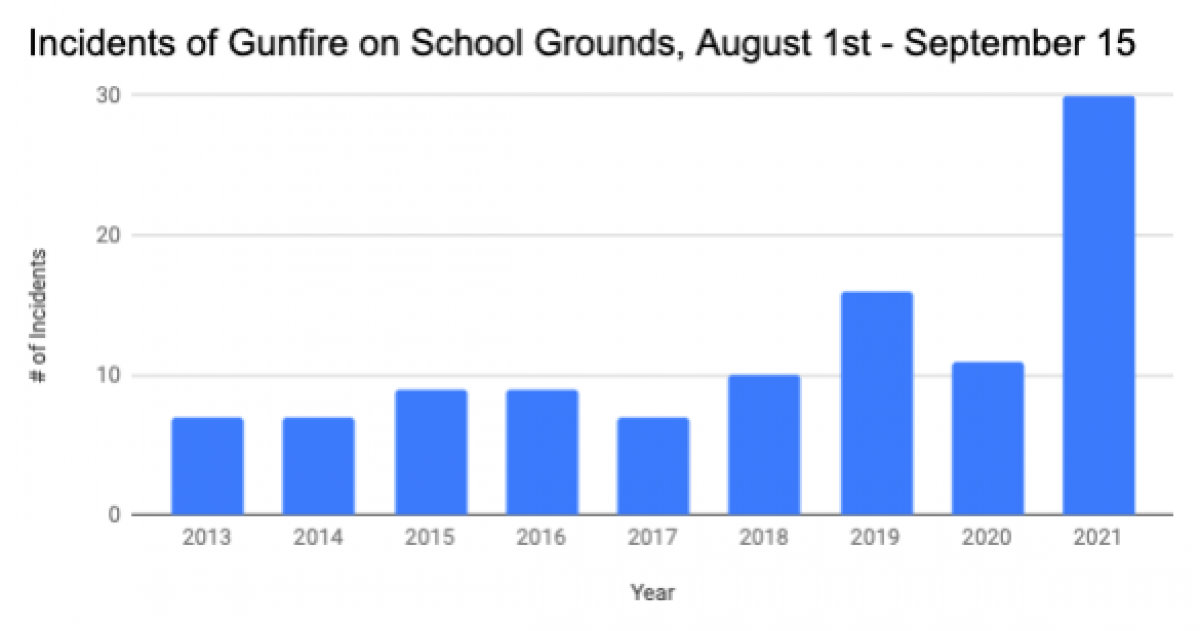
Erardi said that the commitment to safety needs to come from all corners of a school district in order for education systems to effectively keep children safe from gun violence and prevent them from being traumatized by shooting drills.
When he took on his role in Newtown, he held a meeting to ask not only teachers, but school custodians, secretaries and cafeteria workers about what it would take to create the safest possible environment for the school community. He said it's particularly important that local law enforcement officials and students are also involved in the process.
"If the superintendent and the lead public safety official, whether it's a police chief, state police, a sheriff, whoever it may be—if those two folks are not parallel on the same path with safety for schools, there is no plan and one of those two really needs to leave," Erardi said.
"[Students] want to feel safe. They recognize the importance of safety in a school setting and they want to be part of that conversation," he added. "If students are given the opportunity, they can be an enormous part of the solution in school safety."
Ahmadi said when she and her classmates brought up the idea of sending letters on secure gun storage to students, the superintendent of her district was extremely supportive of their initiative. The group has now distributed letters to 9,000 families in multiple school districts.
One school board member told Ahmadi that while she had always considered asking the parents of her children's friends about medications and video games in the home, it wasn't until she had Ahmadi's letter in her hands that it crossed her mind to ask about gun storage too.
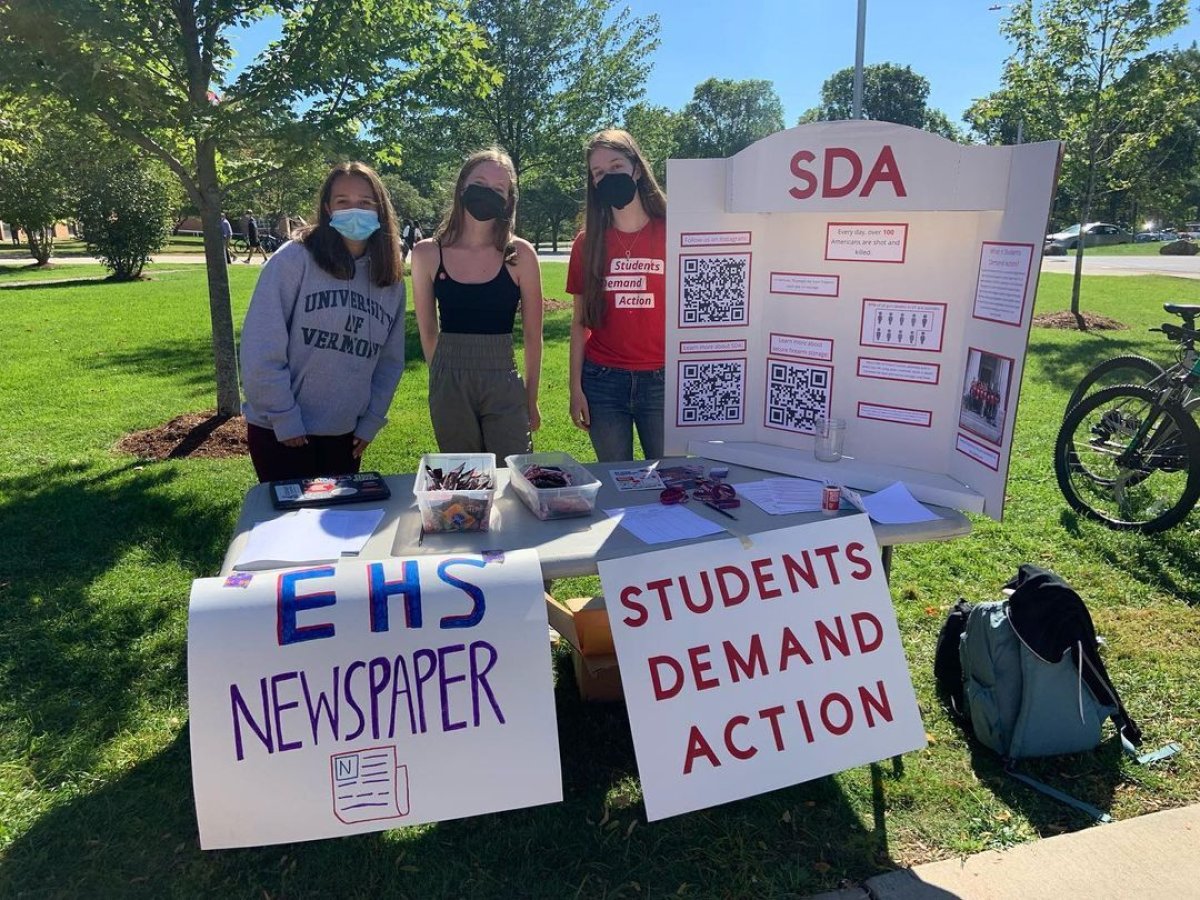
While mass school shootings have dominated much of the media coverage around guns in schools, advocates want people to recognize that most incidents don't look like Columbine or Parkland or Sandy Hook.
"School shootings make up a fraction of the gun violence that's inflicted on children," Anderman said. "The majority of gun violence that affects minors and children relates to domestic violence and homicides in neighborhoods where there's disproportionate gun violence."
Of the 30 incidents of gunfire recorded by Everytown in the 2021-2022 school year, none meet the criteria of a mass shooting, which is defined as an event involving four or more people injured or killed, not including the perpetrator.
While mass shootings on school grounds have become more common in recent years—with half of the deadliest shootings taking place over the last decade—Anderson points out that most of the gun violence that affects school-aged children occurs on a much smaller scale.
"Mass shootings are getting more frequent and more deadly but if we care about gun violence and its impact on children, we need to broaden the focus beyond school shootings," she said.
Uncommon Knowledge
Newsweek is committed to challenging conventional wisdom and finding connections in the search for common ground.
Newsweek is committed to challenging conventional wisdom and finding connections in the search for common ground.
About the writer
Katherine Fung is a Newsweek reporter based in New York City. Her focus is reporting on U.S. and world politics. ... Read more
To read how Newsweek uses AI as a newsroom tool, Click here.








